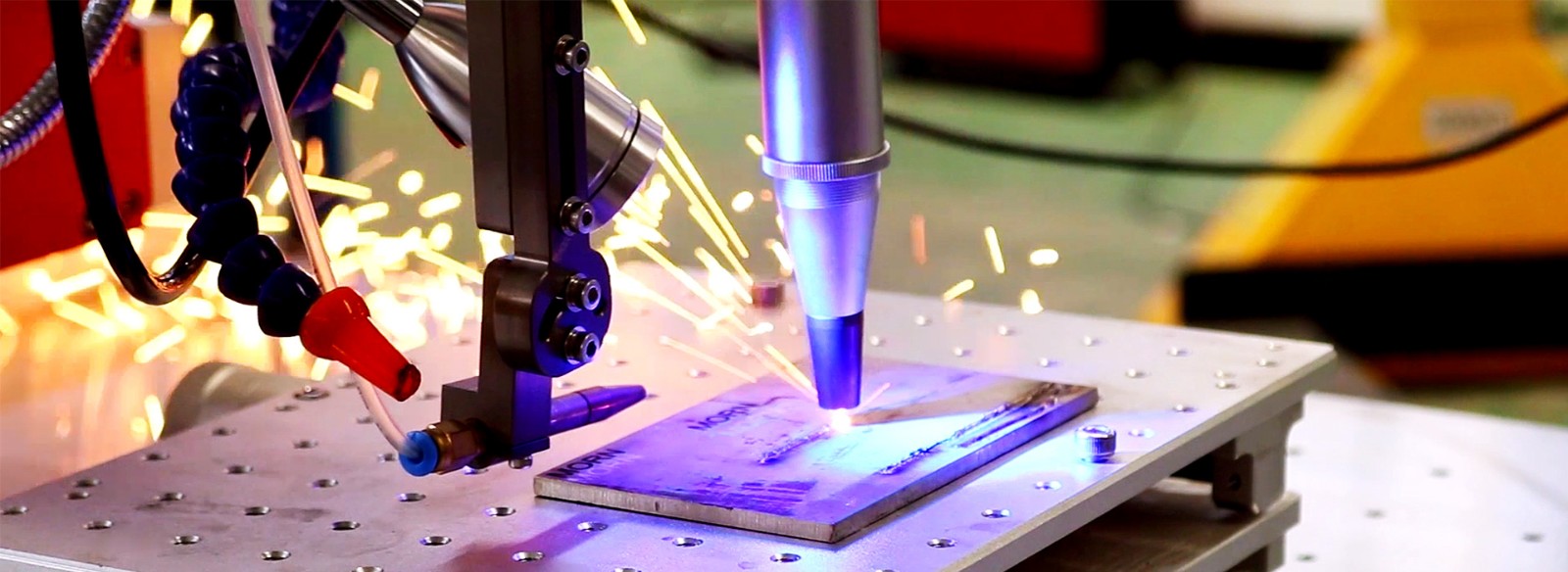-
Product
-
Fiber laser cutting machine
-
Profile Steel/ H-Beam Laser Cutter
high efficiency | high-performance | high quality -
Full Cover Fiber Laser Cutting Machine
supreme configuration | high precision | safe & pollution-free -
Sheet fiber laser cutting machine
tailor-made machine | efficiency boost -
Fiber Laser Bevel Cutting Machine
one-shot bevel | efficiency boost | streamlined process -
High precision fiber laser cutting machine
High precision | small footprint | fully enclosed -
Four-chuck Tube Cutting Lasers
truly zero-tailing | low cost per part | auto loader -
Three-chuck Tube Laser Cutting Machine
top production output | low cost per part | extremely short tailing -
Two-chuck Tube Laser Cutting Machine
top production output | low cost per part | extremely short tailing -
Full Enclosed Fiber Laser Cutting Machine
Integrated design saves installation time and shipping costs. - flexible processing | continuous cutting | efficient production
-
Fully Automatic Loading & Unloading Laser Cutting Production Line
intelligent production | optimizing factory space | reduce labor costs -
Sheet and Tube Fiber Laser Cutting Machine
supreme cost-effectiveness | dual-use laser | space-saving
-
-
Fiber laser welding machine
-
Air-cooled Portable Laser Welding Machine
more flexibility | easy to use | cost effective -
Automatic laser welding machine
fine welding seam | boosted efficiency -
Integrated fiber laser welding machine
instant welding | easy to operate & move -
Handheld fiber laser welding machine
long distance welding | multi-welding modes
-
- Fiber laser cleaning machine
- Bending Machine
-
Fiber laser cutting machine
- Solutions
- Why Morn Laser
- Price
- Contact
- VR
Menu
X- home
-
Product >
-
Exploring Fiber Laser Welding Technology: A Comprehensive Guide | Morn Laser
2024-11-18Exploring Fiber Laser Welding Technology: A Comprehensive Guide
In today's manufacturing industry, fiber laser welding has gained prominence due to its high efficiency and precision in connecting metal materials. This article aims to provide readers with an in-depth introduction to the principles of fiber laser welding, its application areas, and the advantages it holds over traditional welding methods.

Principles of Operation
Fiber laser welding is a technology that uses high-intensity laser beams as heat sources, which are accurately delivered to the target welding point via fiber optic transmission systems. During this process, the laser generated by a laser generator travels through optical fibers and is ultimately focused into a small spot on the material surface by a focusing lens. The highly concentrated energy can instantly melt the material locally, forming a strong weld. Due to the extremely focused nature of the laser beam, it ensures high precision and quality at the welding site.
Application Areas
Fiber laser welding technology has found wide applications in various industries such as automotive manufacturing, aerospace, and electronic component packaging. For instance, in the automotive industry, it is used to join different parts of the vehicle body; in aerospace manufacturing, it is suitable for producing components with strict requirements for dimensional accuracy and structural strength; and in electronic manufacturing, fiber laser welding effectively meets the needs for fine assembly of micro-devices.
Advantages Over Traditional Welding Methods
High Precision: Fiber laser welding can achieve micron-level positioning and operation, making it ideal for the manufacture of precision components.
Fast Response: Rapid heating and quick cooling shorten the overall processing cycle, improving production efficiency.
Low Heat-Affected Zone: Compared to traditional welding, fiber laser welding results in a smaller heat-affected area, helping to maintain the overall stability of the workpiece.
Flexibility: It is applicable not only to various metals but also to certain non-metallic materials like plastics.
Energy Efficiency and Environmental Friendliness: The entire welding process produces minimal pollution and consumes less energy, aligning with modern environmental standards.
Industry Leader: Morn Laser
Founded in 2008, Morn Laser is a high-tech enterprise dedicated to research, development, production, sales, and service. As a provider of comprehensive industrial laser solutions, Morn Laser has earned the trust of tens of thousands of customers worldwide thanks to its cutting-edge production technology and reliable service. The company's commitment to lifelong responsibility for each product demonstrates its dedication to creating greater value for clients.
Looking Forward
With ongoing technological advancements and the development of new materials, the application scope of fiber laser welding technology will continue to expand, moving towards more intelligent and automated directions. For manufacturers, adopting advanced fiber laser welding technology can enhance product quality and production efficiency, helping them gain a competitive edge in the market.
We hope this article provides you with a thorough understanding of fiber laser welding. If you have any more questions or are interested in learning more about this technology, stay tuned for our future updates!
- Office Address:
- 17F, Building 5, Qisheng Mansion High-Tech Zone, Jinan, Shandong 250101, China
- Email: info@mornlaser.com
- Mobile/WhatsApp/WeChat: +86 151 6916 6350
CONTACT USCopyright © 2008-2022 Morn Laser All Rights Reserved.![]() Get a Quote
Get a Quote
![]() Get a Quote
Get a Quote
Cookies
We use cookies to improve our services and remember your choice for future visits. By clicking "Accept cookies", you consent to the use of cookies on this website.
Read our Privacy Policy
Get a Quote x
![]()







